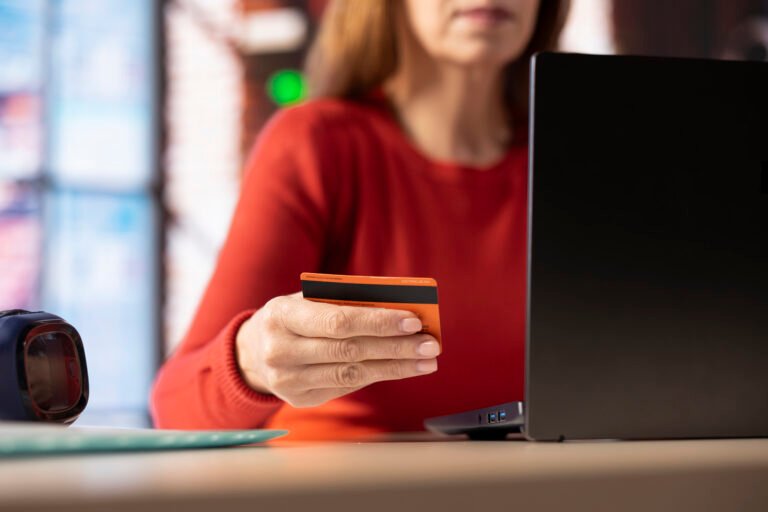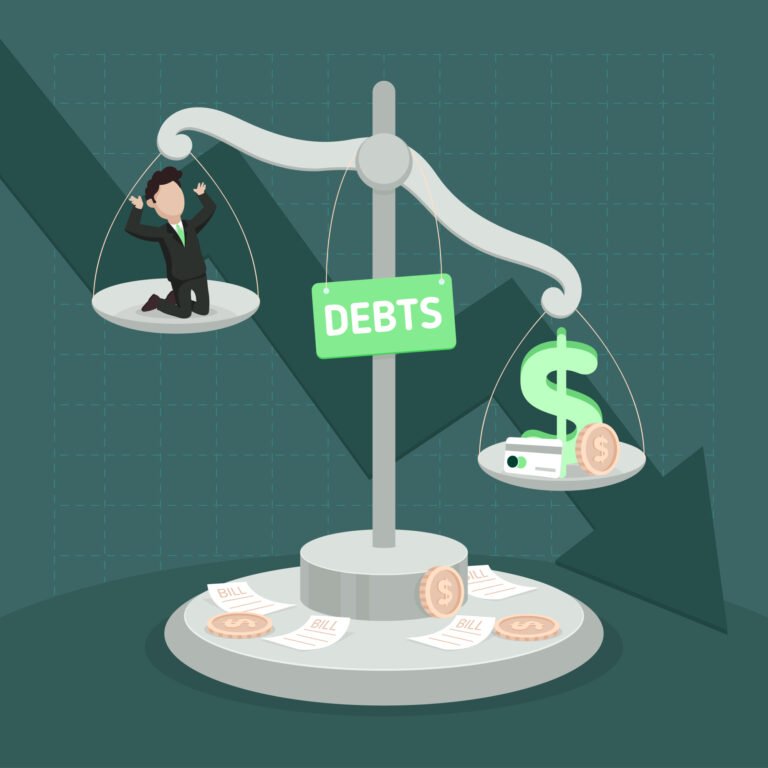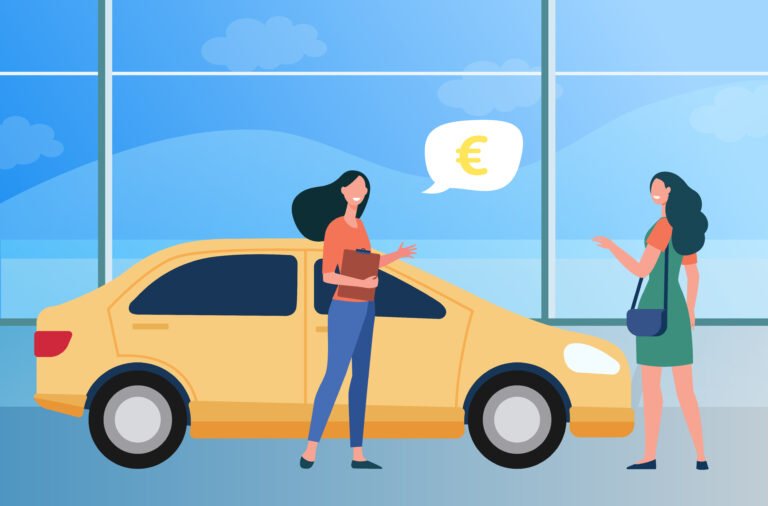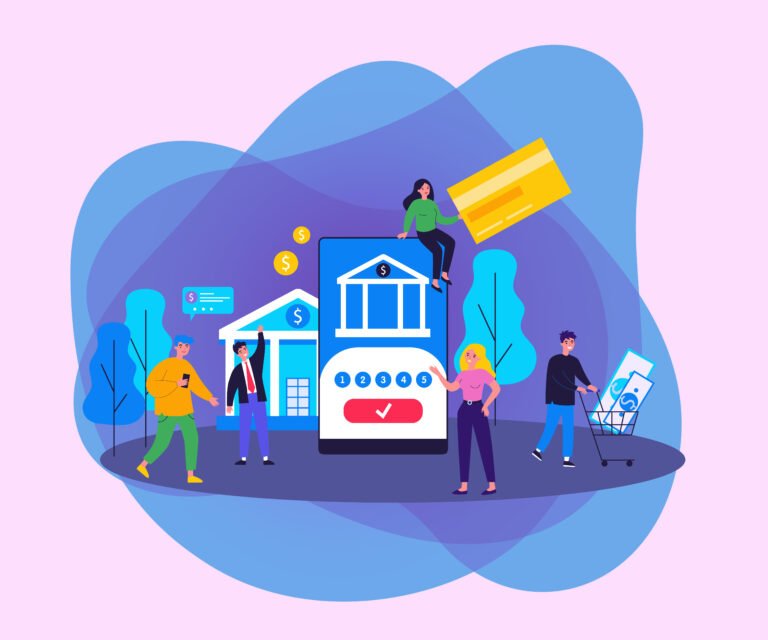The Turning Point: Why I Finally Faced My Debt
🔔 The Wake-Up Call That Changed Everything
Snowball Method: I’ll never forget the moment I realized I couldn’t keep ignoring my finances. It wasn’t some dramatic event—just a quiet evening, sitting alone at my kitchen table with a declined credit card and a knot in my stomach. I had $12,000 in debt spread across multiple cards and loans, and I was barely making the minimum payments.
What hit me hardest wasn’t the number—it was the feeling of being trapped. I had nothing to show for the debt: no car, no vacation memories, no investments. Just interest charges, anxiety, and a lot of stress hiding behind a smile.
That night, I promised myself something had to change. No more excuses. No more justifications. It was time to get real—and get free.

Table of Contents
💳 My Debt Breakdown: Credit Cards, Loans & Mistakes
When I finally sat down and looked at the full picture, it was worse than I expected—but at least it was clear. Here’s what my debt looked like:
- Credit Card #1: $3,200 @ 19% APR
- Credit Card #2: $2,750 @ 24% APR
- Store Card (yep, for electronics): $1,600
- Personal Loan: $4,450 left to repay
Most of this wasn’t from emergencies—it was lifestyle creep, plain and simple. I was living just slightly above my means, using credit to fill in the gaps, and hoping future-me would deal with it.
Spoiler alert: future-me was not impressed.
But admitting my mistakes was the first real step toward freedom. Once I stopped blaming my income, my job, or bad luck, I could finally take ownership. And from there, things started to shift.
2. ❄️ What Is the Debt Snowball Method?
🧊 A Quick Overview (In Simple Terms)
The Debt Snowball Method is a debt repayment strategy that focuses on momentum and motivation—not just math. Instead of starting with the biggest or highest-interest debt, you start with the smallest balance first, regardless of the interest rate.
Here’s how it works:
- List all your debts from smallest to largest balance.
- Make minimum payments on all of them except the smallest.
- Throw every extra dollar you can at that smallest debt until it’s gone.
- Once that’s paid off, roll its payment amount into the next-smallest debt.
- Repeat—each time, your payments get bigger, like a snowball rolling downhill.
It might not be the “mathematically optimal” method (that’s the avalanche method, which focuses on interest rates), but snowballing is powerful because it’s psychologically rewarding. You get quick wins early on, which builds confidence and keeps you going.
3. 📋 Step-by-Step: How I Started the Snowball Method
✅ Step 1: Listing All My Debts from Smallest to Largest
The first step was simple, but surprisingly emotional: writing it all down. I grabbed a pen, notebook, and my bank apps, and for the first time ever, I laid out every debt I owed—from the smallest to the largest—without sugarcoating or rounding down.
Here’s how my list looked:
- Store Credit Card – $1,600
- Credit Card #2 – $2,750
- Credit Card #1 – $3,200
- Personal Loan – $4,450
I didn’t worry about interest rates. I just wanted to create a clear path and focus on one target at a time. Seeing the smallest balance on top made it feel more doable, like I could win a small battle before tackling the war.
💵 Step 2: Finding That First “Extra” $50
Next, I had to find some breathing room in my budget. Not hundreds—just $50 extra to throw at that first debt.
Here’s where I found it:
- Canceled 2 subscriptions I never used (saved $27/month)
- Made coffee at home instead of buying it daily (saved $15/week)
- Sold an old gadget online for a quick $100 boost
That first month, I had $50+ to add to my minimum payment. Suddenly, I was making real progress. Watching the balance drop faster than usual was motivating in a way I’d never felt before.
This proved something important: I didn’t need a raise to start paying off debt—I just needed a plan and some creativity.
🔁 Step 3: Staying Consistent Even When It Got Tough
There were months when life tried to throw me off track—a car repair, a surprise bill, or just fatigue. But the key was staying consistent. Even if I couldn’t put in extra one month, I never missed a minimum.
To stay motivated, I:
- Tracked progress visually with a debt thermometer
- Celebrated small wins (like hitting under $1,000 on a card)
- Listened to debt-free podcasts and stories weekly
- Reminded myself how amazing it would feel to not owe anyone anything
What started as $50 here and there eventually snowballed into $300+ per month as I paid off one debt after another. And that’s when things really started to move fast.
4. 🔥 The Motivation Boost: My First Paid-Off Debt
🎉 The Emotional Win That Made Me Believe
I’ll never forget the moment I saw a $0 balance on my store credit card. It wasn’t my biggest debt—but it was my first paid-off debt, and emotionally, it felt like I had just conquered a mountain.
It took about two and a half months of focused payments, and when I finally paid it off, I actually yelled out loud in my apartment. That one “win” changed everything. For the first time, I believed: I can do this.
That win wasn’t just financial—it was psychological. Before that, my debt had felt like this huge, unmanageable mess. But now? I saw a real, measurable result from my effort. And it made me hungry for the next victory.
⚡ How Small Wins Created Big Momentum
The snowball started rolling—fast.
As soon as the first card was gone, I took the money I had been paying on that ($90/month) and added it to the next smallest debt’s minimum. That made the second card go faster. Then the third.
Every time I knocked out a balance, my confidence grew. Each win was a reminder:
“You’re not stuck. You’re in control now.”
That’s the real magic of the snowball method. It turns progress into fuel. It made debt repayment feel like a game I was winning—not a punishment I was enduring.
5. 🧠 Mindset Shifts That Helped Me Stay on Track
🔄 From Shame to Empowerment
At first, I was embarrassed by my debt. I didn’t want to talk about it, admit it, or even look at it. But that mindset kept me stuck. Once I faced it head-on and started taking action, something shifted—I stopped feeling ashamed and started feeling empowered.
I realized that debt didn’t make me a failure. What mattered was that I was doing something about it.
This shift gave me the confidence to make better decisions—not out of guilt or panic, but out of self-respect. I wasn’t just fixing past mistakes; I was building a future where I didn’t have to rely on credit ever again.
⏳ Learning to Delay Gratification Without Feeling Miserable
One of the biggest mental hurdles was learning to say “not now” instead of “no forever.”
Before, I’d justify every impulse purchase by saying I deserved it after a long week or rough day. But I started asking myself a new question:
“Do I want this more than I want to be debt-free?”
Most of the time, the answer was no. And the best part? I didn’t feel deprived—I felt powerful.
I still allowed small treats, but I planned them. I found joy in free experiences, budget-friendly hobbies, and simply watching that debt balance fall. Every choice to wait, save, or skip was a quiet win. And over time, those choices stacked up into something huge: freedom.
6. 💡 Tips for Anyone Starting the Debt Snowball
🤖 Automate Payments (But Stay Engaged)
Automation was a game-changer for me. I set up automatic payments for minimums on all my debts, so I never risked missing one. Then I manually made extra payments on the current target debt.
This created a healthy rhythm: my financial life ran in the background, but I still felt connected to my progress. You don’t want to “set and forget” your whole plan—just the part that ensures consistency.
✂️ Cut Small Expenses That Add Up Fast
You don’t need to flip your life upside down to make a dent in your debt. I found that trimming a few consistent expenses gave me the wiggle room I needed. Things like:
- Canceling unused subscriptions
- Cooking at home 4 extra times a week
- Swapping expensive social plans for coffee walks or game nights
It all added up. And since the changes weren’t extreme, I stuck with them.
🎉 Celebrate Progress Without Sabotaging It
I learned to celebrate without overspending. When I paid off a debt, I did something fun—but cheap. A hike. A home movie night. A fancy coffee. The key is to acknowledge the win, but not undo it.
Even just updating my debt tracker or crossing off a balance on my whiteboard gave me a satisfying dopamine hit—without spending a cent.
7. 📊 Results: How Long It Took and What I Learned
⏱️ Timeline: From Day 1 to Debt-Free
From the moment I started the snowball method to the day I made my final payment, it took 14 months to wipe out all $12,000 of my debt.
That might not sound lightning-fast, but for someone who used to barely make minimum payments and never budgeted, it was a massive transformation.
Here’s a quick breakdown:
- First debt paid off in ~2.5 months
- Second and third debts paid off faster thanks to snowball momentum
- Final loan knocked out with a few side hustles and tax refund boost
What surprised me most wasn’t the timeline—it was how possible it felt once I got started. Every small win sped things up more than I expected.
📚 What I’d Do Differently If I Started Over
Looking back, I made a few mistakes early on. If I had to start over, here’s what I’d change:
- I would’ve started sooner. I wasted time waiting for the “perfect” moment. There isn’t one.
- I would’ve tracked my spending more closely from day one. It took me a few months to realize how much I was losing to mindless habits.
- I wouldn’t stress so much about interest rates. Focusing on the smallest debt really did work better for me—even if it wasn’t the smartest move on paper.
The biggest lesson? Progress is better than perfection. Just starting was the best financial decision I’ve ever made.
8. 🙌 Life After Debt: Freedom, Savings, and Peace of Mind
💸 Where That Extra $300/Month Goes Now
The moment I made my final payment, it felt like I’d gotten a raise. Suddenly, I had $300+ a month that used to vanish into minimum payments—and now? I could choose what to do with it.
Here’s where that money goes today:
- Emergency fund (fully funded in 4 months)
- Investing consistently in a retirement account
- Intentional spending on things I actually value—travel, experiences, and future goals
What I once used to survive, I now use to build. That’s the power of being debt-free.
🧘♂️ Why I’m Never Going Back
Debt used to feel normal. Everyone had it. It didn’t seem like a big deal—until it became a heavy weight I couldn’t shake.
Now that I’ve lived without it, I can tell you: debt-free feels better than any purchase ever did.
I sleep better. I plan better. I dream bigger. And I never want to go back to that paycheck-to-paycheck panic.
This journey taught me discipline, resilience, and how powerful small steps can be over time. If I could leave you with one thing, it’s this:
You don’t need to be perfect. You just need to start. And once you start, don’t stop.
Final Thoughts: From Debt to Freedom
Paying off $12,000 in debt changed far more than just my bank account—it changed how I think, how I spend, and how I feel about money.
I used to believe debt was just part of life. Everyone had it, right? But the truth is: debt steals your peace, your options, and your future. Getting out of it—step by step, snowball by snowball—gave me something I hadn’t felt in years: control.
No, it wasn’t always easy. There were sacrifices, moments of doubt, and days I wanted to give up. But now, every time I check my accounts and see a balance of $0 instead of a bill, I remember: It was worth it.
If you’re where I was—buried, overwhelmed, unsure where to begin—just know this:
You don’t have to be perfect. You don’t need to make huge changes overnight.
You just need to start small—and keep going.
Read Also: EMI Payments Demystified: What Every Borrower Needs to Understand






